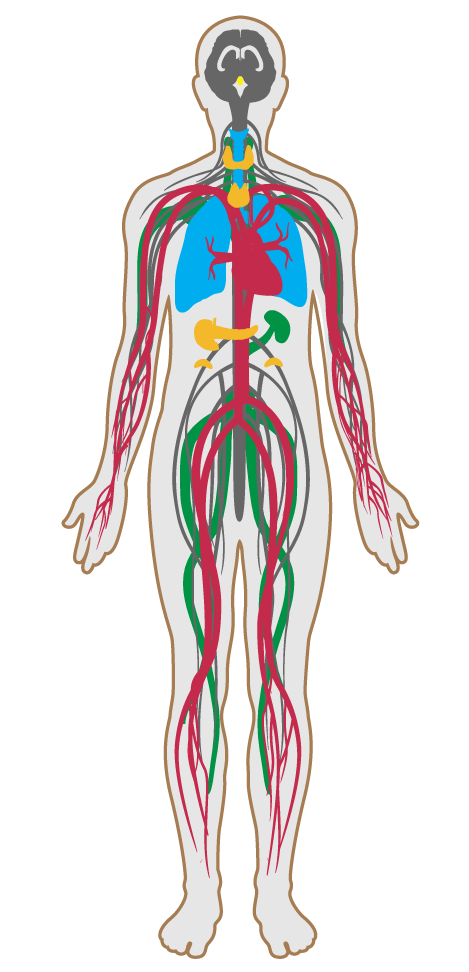Air filtration
Features/Air/Feature 05
- 01 Air quality standards
- 02 Smoking ban
- 03 Ventilation effectiveness
- 04 VOC reduction
- 05 Air filtration
- 06 Microbe and mold control
- 07 Construction pollution management
- 08 Healthy entrance
- 09 Cleaning protocol
- 10 Pesticide management
- 11 Fundamental material safety
- 12 Moisture management
- 13 Air flush
- 14 Air infiltration management
- 15 Increased ventilation
- 16 Humidity control
- 17 Direct source ventilation
- 18 Air quality monitoring and feedback
- 19 Operable windows
- 20 Outdoor air systems
- 21 Displacement ventilation
- 22 Pest control
- 23 Advanced air purification
- 24 Combustion minimization
- 25 Toxic material reduction
- 26 Enhanced material safety
- 27 Antimicrobial activity for surfaces
- 28 Cleanable environment
- 29 Cleaning equipment
- P9 Advanced cleaning
Air filtration
Intent:
To remove indoor and outdoor airborne contaminants through air filtration.
BACKGROUND
Air quality is subject to variability due to weather, dust, traffic and localized pollutant sources. Seasonal variations in pollen can trigger asthma and allergies in sensitive individuals. Similarly, exposure to high levels of coarse and fine particulate matter introduced from the outside can lead to respiratory irritation and has been associated with increases in lung cancer as well as cardiovascular disease and mortality. Carbon filters are designed to absorb such volatile pollutants and remove the largest particles, while media filters are meant to address smaller particles.
If recirculated air is used, the following requirements are met in ventilation assemblies in the main air ducts for recirculated air:
a.
Rack space is available and rack location identified for future implementation of carbon filters or combination particle/carbon filters.
b.
The mechanical system is sized to accommodate the additional filters.
One of the following requirements is met:
a.1
MERV 13 (or higher) media filters are used in the ventilation system to filter outdoor air.
b.
Project demonstrates that for 95% of all hours in a calendar year, ambient outdoor PM₁₀ and PM₂.₅ levels measured within 1.6 km [1 mi] of the building are below the limits set in the WELL Air Quality Standards feature.

